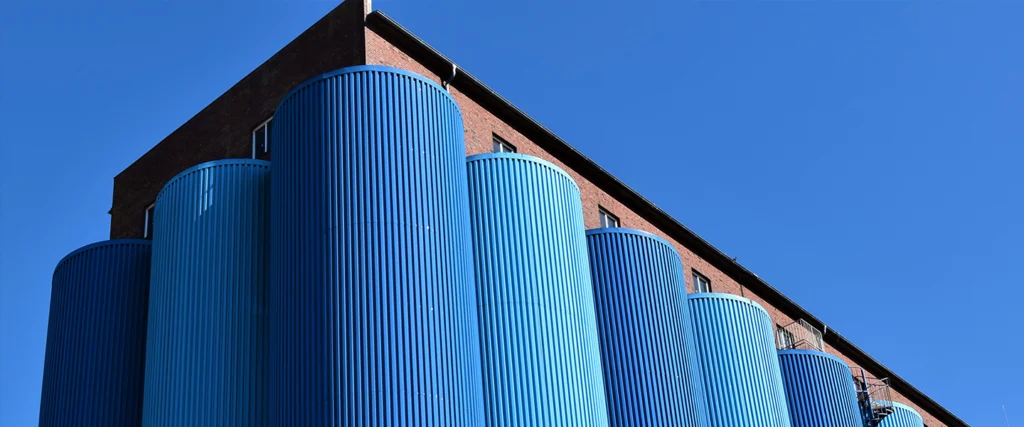If you’re in procurement, supply chain, or sustainability, you’ve probably been keeping half an eye on the EU’s Corporate Sustainability Due Diligence Directive (CSDDD). But with shifting rules, new timelines, and mounting political pressure, it’s time to take a closer look.
Over the past few weeks, the CSDDD has been through a major reshaping. What was once a sweeping, tough-on-compliance law is now being scaled back, and that’s going to have real implications for how supply chain professionals approach due diligence.
What’s Happening Right Now?
In late June, the EU Council approved a new, streamlined version of the CSDDD as part of a broader “Simplification Package.” The aim? Reduce the regulatory burden for companies, especially in today’s fragile economic environment.
Here’s what changed:
- It now targets only very large companies. The new thresholds focus on companies with at least 5,000 employees and €1.5 billion in turnover. This means many mid-sized and even large enterprises are no longer directly in scope.
- The scope of due diligence is narrower. Instead of mapping your entire supply chain from end to end, companies are now only required to assess direct suppliers, those in Tier 1. You’ll only need to look further into your supply chain if there’s a specific, objective reason to do so (like a known risk).
- Climate transition planning is being watered down. Although still encouraged, the requirement for mandatory climate action plans is under debate and may become voluntary for many companies.
- Enforcement has been pushed back. A new “stop-the-clock” delay means countries don’t have to enforce the directive until July 2028, giving companies more time to prepare.
Why Does This Matter for Supply Chain Teams?
At first glance, this might look like a win. Fewer obligations, more time, and simpler rules. But here’s the reality:
- Risk visibility doesn’t stop at Tier 1. Just because the law only requires Tier 1 due diligence doesn’t mean you can ignore deeper risk. Human rights abuses, deforestation, forced labor, and environmental impacts often happen further upstream. Brands that fail to see this coming risk being blindsided, not by regulators, but by NGOs, customers, and investors.
- CSRD and other regulations still apply. Many of the companies excluded from CSDDD will still fall under the EU’s Corporate Sustainability Reporting Directive (CSRD), which requires detailed Scope 3 emissions data. Supply chain teams will still need to collect and report sustainability data, especially on purchased goods and services.
- Customers will pass obligations downstream. If you’re a supplier to an in-scope company, expect them to pass these requirements on to you via contracts, audits, and data requests. The obligation may start at the top, but it cascades quickly.
How Should Supply Chain Leaders Respond?
The new rules may be simpler, but your responsibilities haven’t disappeared. In fact, this moment offers a strategic opportunity to get ahead:
- Focus on Tier 1 now, but plan beyond it. Build processes for engaging and monitoring your direct suppliers, and start developing a risk-based roadmap for mapping beyond.
- Don’t rely on regulation to drive action. Whether or not you’re in scope today, sustainability due diligence is fast becoming a market expectation, especially from investors and consumers.
- Use the extra time wisely. With the new 2028 deadline, this is your chance to invest in scalable systems, smart data collection, and supplier collaboration tools. Don’t wait for audits to start scrambling.
- Align with CSRD, not just CSDDD. CSRD’s reporting timelines are much tighter, and supply chain data is key to getting it right.
Final Thought: Less Regulation, Not Less Responsibility
CSDDD may be softening, but the pressure on supply chains isn’t. Climate change, human rights scrutiny, and ESG reporting are all intensifying. You don’t need to boil the ocean—but you do need to build smarter, more transparent, and more resilient supplier relationships.
Because at the end of the day, sustainability isn’t just about checking a compliance box. It’s about making your supply chain fit for the future.





